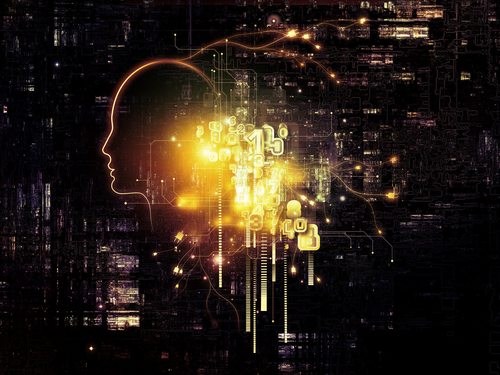What is ChatGPT?
Since its debut last month, ChatGPT, OpenAI’s most recent innovation, has attracted more than a million users. Among its early use cases are requested to develop code, write bedtime stories, and map out new applications.
The most recent model to emerge from OpenAI’s Large Language Model GPT-3, ChatGPT, enables users to have natural language conversations with it. It can reply to a range of requests since it is instructing on a massive amount of data.
The same methods as for InstructGPT were used by OpenAI, but it additionally collected dialog data from individuals who wrote down both the AI assistants and their own parts of a conversation. These so-called “AI trainers,” as OpenAI calls them, had access to modeled suggestions that helped them formulate their responses.
ChatGPT Accuracy
It isn’t always accurate. Coding question website Stack Overflow has banned AI-generated answers due to a high volume of incorrect but plausible responses. In a statement, Stack Overflow said: “Because the average rate of getting correct answers from ChatGPT is too low, the posting of answers created by ChatGPT is substantially harmful to the site and users.”
OpenAI says the tool is still “in development” and they are making changes including training the model based on user feedback, so incorrect code and responses help improve the system if users explain where it went wrong. It is only available for beta testing and evaluation now, but it is expected OpenAI will open API access early next year. This will allow companies to develop products based on the software, which could include coding, optimization, and call center tools.
ChatGPT has the capacity to produce negative, inaccurate, and toxic content, just like all NLP models. It does not cite any type of ultimate fact authority, and its knowledge base is unique to that of the training data. It makes an effort to avoid controversial topics, yet problems can still arise. Because of this, the outputs of ChatGPT’s capabilities are limiting. by OpenAI’s Moderation API.
How Can ChatGPT Benefit the Cybersecurity Industry?
ML has emerged as a key cybersecurity technology that can improve your organization’s security while freeing up your security team’s time for other crucial activities. Cybersecurity systems can use machine learning (ML) to analyze trends and learn from them. In order to help stop assaults and react to altering behavior. Additionally, it can make cybersecurity teams more proactive in their response to ongoing threats in real-time.
Brendan Dolan-Gavitt, a computer security researcher, questioned whether he could give it instructions to create dangerous code. So he gave the model a straightforward capture-the-flag mission to complete.
The outcome was almost miraculous. The code featured a buffer overflow vulnerability, which ChatGPT correctly identified and created code to exploit. The model would have found the solution without a single flaw—the number of characters in the input—but for that.
Below Is Response From Our Experts
Here are a handful of the responses we can get from our professionals. Please leave a comment below with your thoughts on how you believe ChatGPT can improve cybersecurity.
The opinions expressed in this post belongs to the individual contributors and do not necessarily reflect the views of Information Security Buzz.



